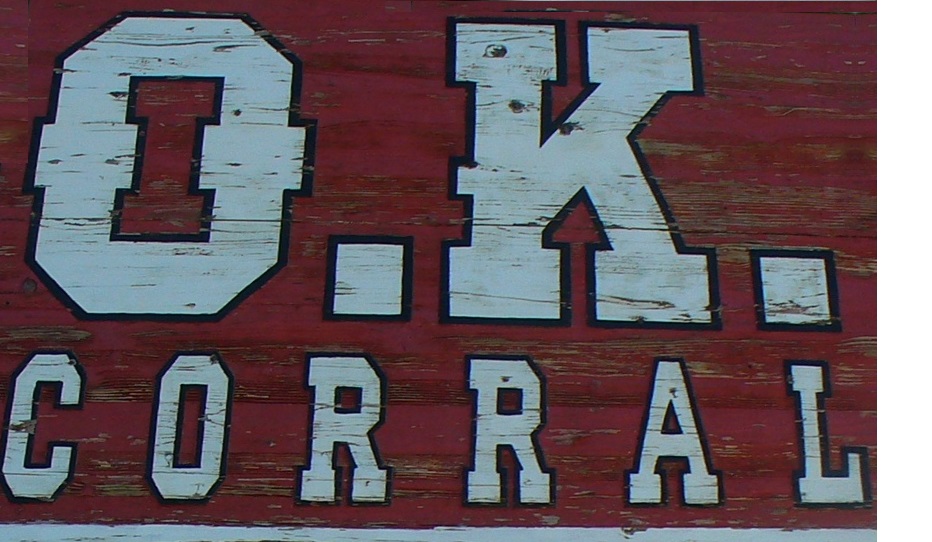You have heard the expression ‘A Picture sas a Thousand Words’. There is a parallel with Models: ‘Models Save a Thousand Arguments’
…
I once was called in to arbitrate in a heated dispute between a subcontractor and a major medical diagnostics manufacturer.
…
The subcontractor was a sole source and had put their prices up by 40%.
…
What could the customer do here?
-Accepting the price rise would make their products unprofitable.
-Rejecting the price rise meant losing their own business.
…
There was an impasse and passions were running high: “How could you dare do that?” vs. “Take it or leave it”.
…
Each party needed to understand the other’s concerns
…
So we built an Operations Model. It had a number of scenarios to see what would happen if sales dropped or rose, product mix changed, raw material and labor rates changed and whether manufacturing improvements were made.
…
The problem for the supplier turned out to be assessing long term risk: the contract was renewing for 5 year. They had (unconsciously) built this risk into their new price, but had not explained this. Each of the model’s scenarios tackled a different risk for the supplier. They wanted a guaranteed profit margin, but were not in control of the volume needed each year. They had demanded the 40% price rise to cover this.
…
But they didn’t need to. The model calculated the financial effect of labor and material cost changes, product mix changes and volume changes. Both parties could see what was at risk. Both parties could be happy with the outcome.
…
In the end the model became part of the new contract between the companies with a pre-agreed formula for pricing. They went on this way for more than 5 years, happily.
…
Listen to 5 minute audio discussing this project with Mark DeJong in The Lean Effect Podcast.

